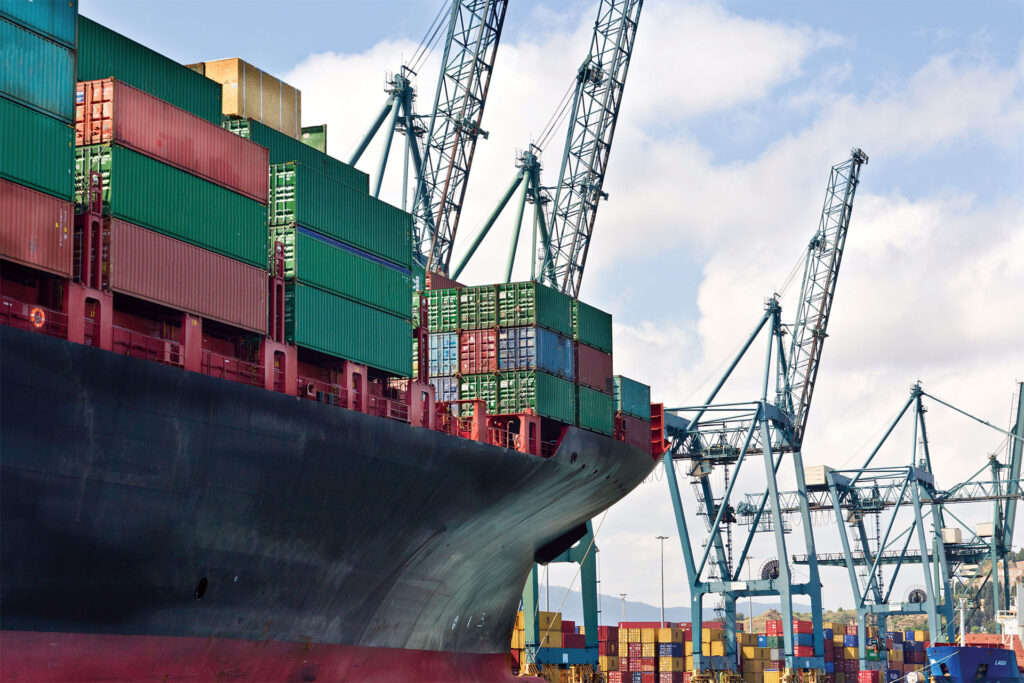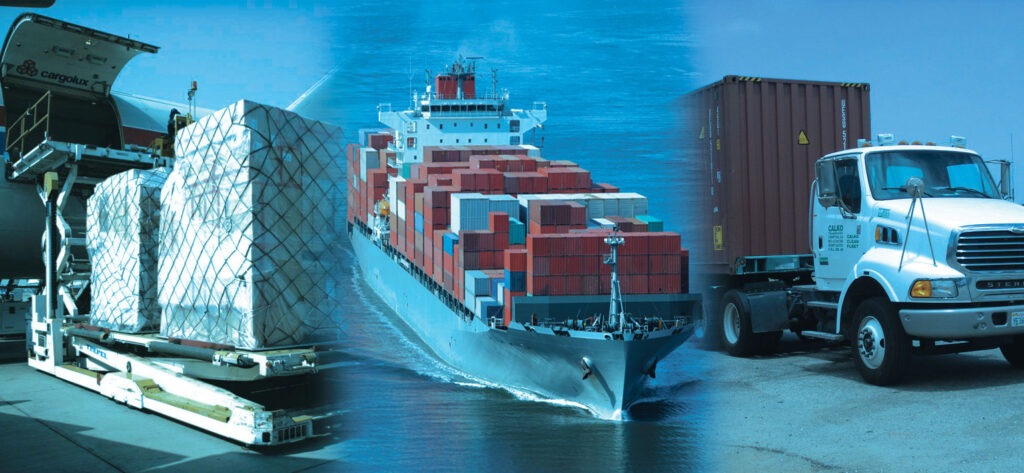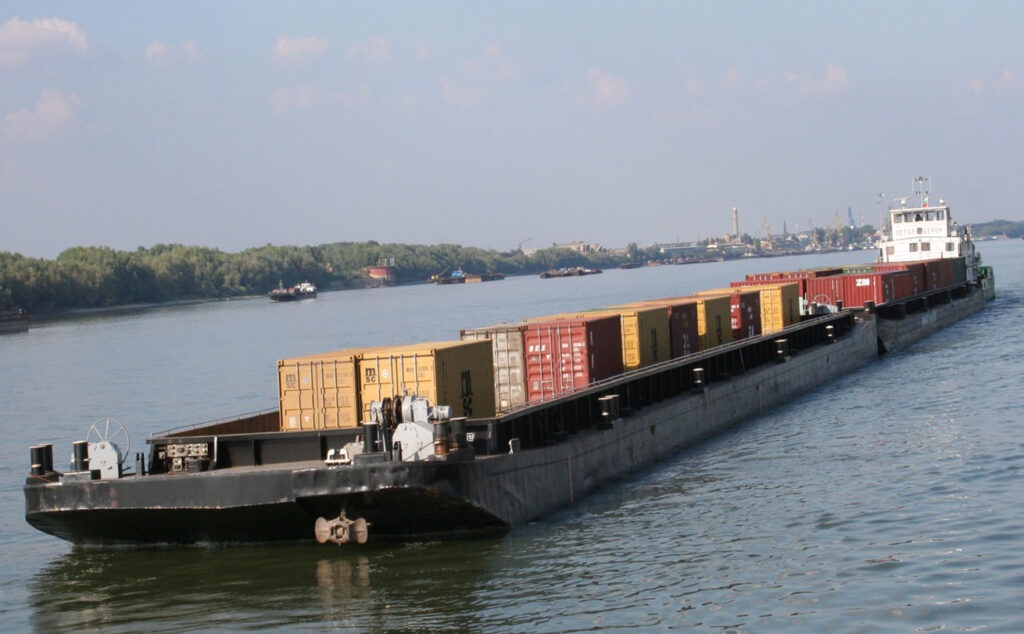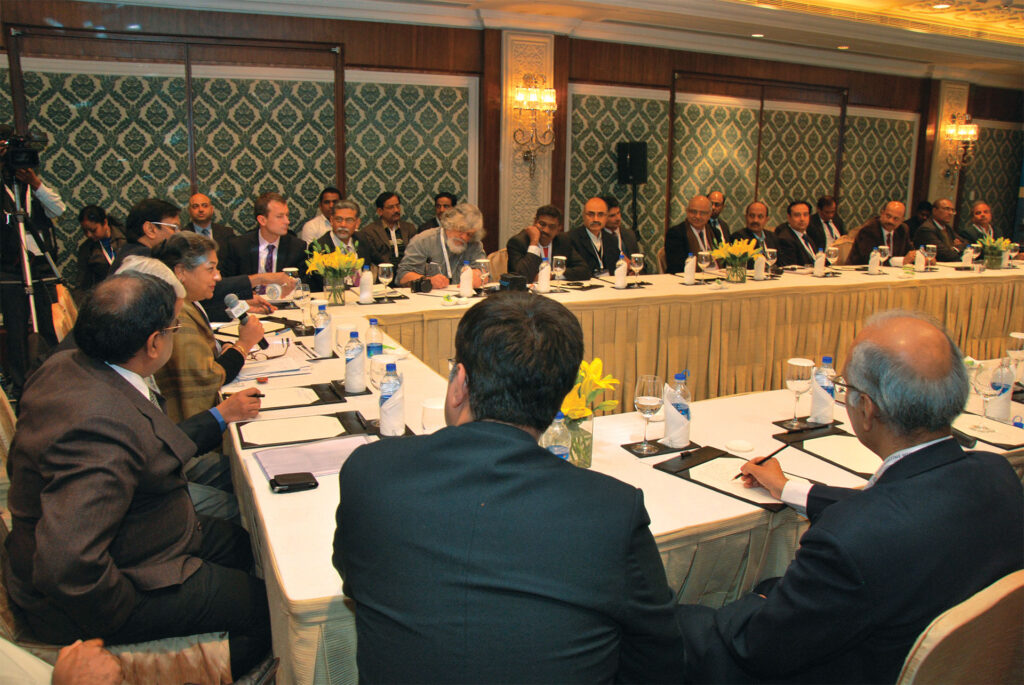Surviving with New Tariff Guidelines: Review and Options
The Ministry of Shipping Ministry has announced changes in tariff fixation for major ports and the new guidelines are aimed at allowing competitive market forces play a greater role in tariff determination and flexibility. According to the Ministry, the measure is a major step forward.
The Shipping Ministry had been contemplating to come up with new tariff guidelines in response to feedback received from various stakeholders, who felt the existing Tariff Authority for Major Ports’ regulations were detrimental to the growth of the sector. It was also felt that there was no level-playing field between the major ports and the non-major ports, as the latter were outside the ambit of TAMP.
The new guidelines for determination of tariff for projects and major ports come into force with immediate effect. Beside providing for tariffs to be indexed to inflation, they also set out performance standards for port projects to improve accountability and ensure improved quality of service. The focus of TAMP will now gradually shift to performance monitoring and redressing grievances.
Interestingly, during the last 10 years, non-major ports contributed only 10 per cent of the total port volumes. However, in 2012-13, their share has gone up to 48 per cent and that of major ports has come down to 58 per cent. By the year 2020, the share of non-major ports is likely to increase further to 55 per cent and that of major ports could come down further to 45 per cent.
AGENDA
- The implications of the new
guidelines and its impact on private
port developers and investors. - The need for port reforms to attract
private investment
ATTENDEE PROFILE
- Ministry of Shipping
- Private Port and Terminal Operators
- Private Investors
- Equity Firms



